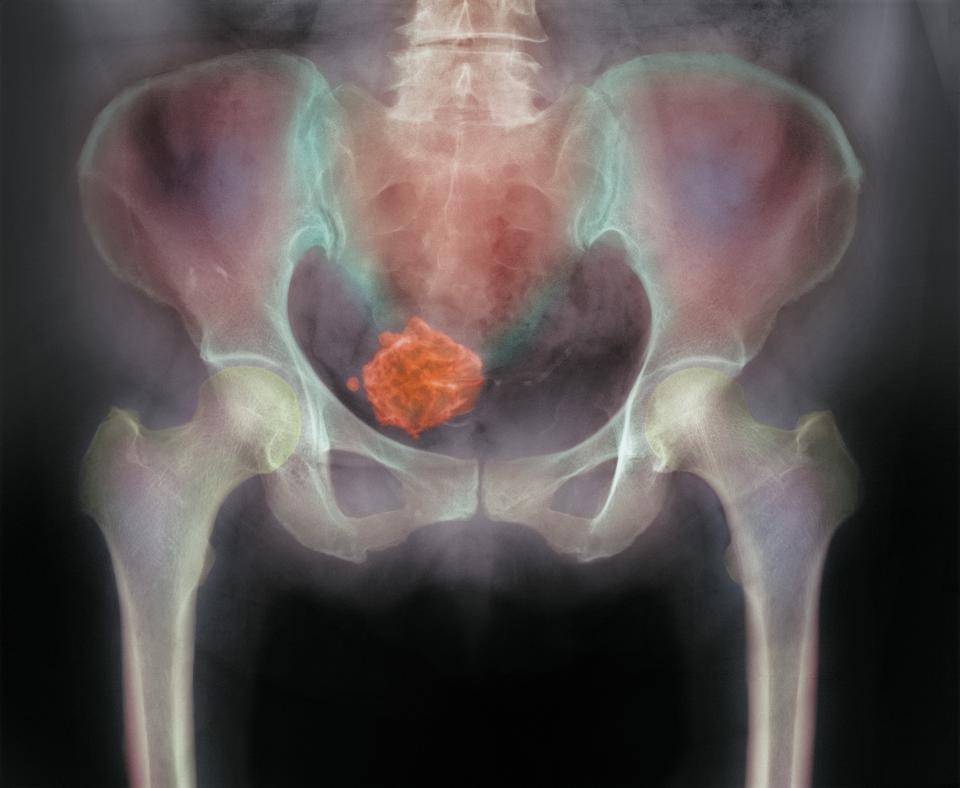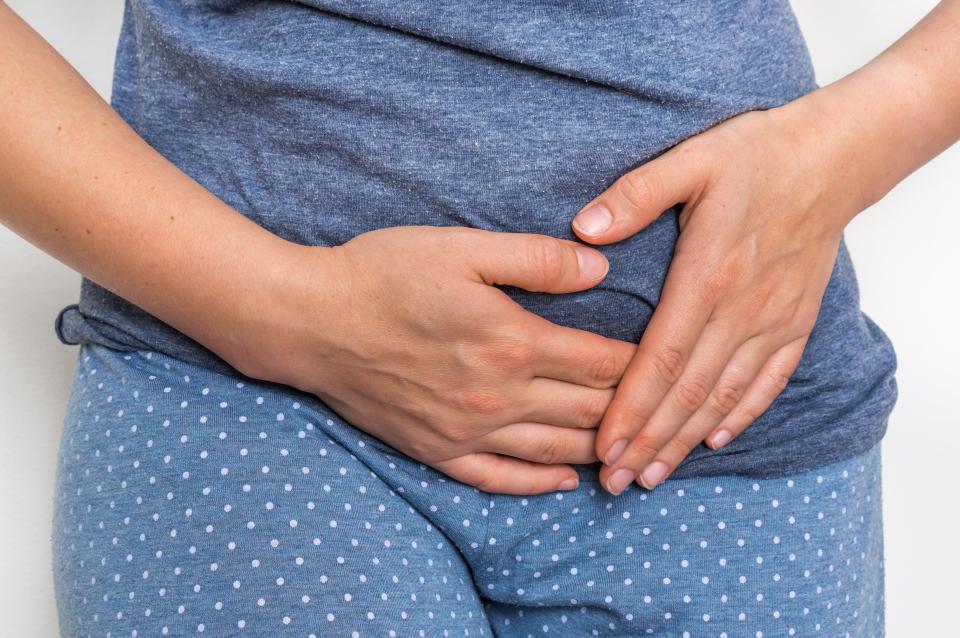How to Tell If You Have Uterine Fibroids
This month, musician FKA twigs opened up on Instagram about her battle with uterine fibroids and how it impacted her body and "confidence as a woman." It's a frustrating reality that many women's health conditions carry a hush-hush stigma. Deeply impactful conditions are often shrouded in mystery, but awareness is raised when public figures speak out, for example when Lena Dunham opened up about her hysterectomy or Halsey shared her struggles with endometriosis.
As FKA twigs shared in her Instagram post, back in December, she underwent surgery to remove six uterine fibroid tumors — two the "size of apples," she wrote. She added that according to one of her nurses, the feeling of the combined weight and size of the fibroids was like the feeling of being six months pregnant. "I tried to be brave but it was excruciating at times," she wrote. "And to be honest I started to doubt if my body would ever feel the same again."
If you don't know much about uterine fibroids, you're not alone. We spoke with two OB/GYNs about what you need to know about them, how they're caused, and how they're treated.
What are uterine fibroids?
"Uterine fibroids are benign tumors that form in the uterus inside the endometrial cavity, in the muscular layer of the uterus, or protruding out of the uterus," Melissa Frey, an OB/GYN and assistant professor of obstetrics and gynecology at Weill Cornell Medical College, tells Allure.
The lumps are surprisingly common; many women have them at some point during their lives but remain totally asymptomatic, according to the Mayo Clinic. Further making fibroids tricky, doctors don't know exactly what causes them, though the Mayo Clinic notes they may be linked to genetics and hormone changes. "They happen naturally like you may have skin moles," Adeeti Gupta, an OB/GYN in New York City, tells Allure. "They can vary in size from a pea to a football."
There are a few ways fibroids are typically diagnosed. "Most commonly fibroids have no symptoms at all and may be found incidentally during a checkup," says Gupta. Some women find out they have fibroids when they're struggling with fertility issues. "Because the lining of the uterus is where an embryo implants during pregnancy, a symptom of uterine cavity fibroids could be difficulty getting pregnant or early miscarriage," explains Frey.

Uterine fibroid, X-ray image
What are the symptoms?
Symptomatic uterine fibroids obviously call more attention to themselves, and the types of symptoms caused are determined in part by where the fibroids are located, says Frey. Fibroids in the cavity of the uterus can be associated with very heavy or painful periods. The heavy bleeding can even go so far as to cause anemia. Meanwhile, fibroids growing in the uterine muscle or outside the uterus can cause pelvic pain, pelvic pressure, and abdominal bloating.
Since the cause of fibroids still isn't totally clear, doctors say there's no surefire way to prevent you from developing fibroids. There are, however, a couple of ways you can help keep existing fibroids under control. "One can control lifestyle and diet by cutting down on fatty foods and foods with artificially added hormones to control the fibroids from growing bigger," says Gupta. "Artificial hormones and pesticides cause increased estrogen levels in the body, leading to growth of these fibroids. Eating a healthy diet with lots of green leafy vegetables and antioxidants can be helpful in controlling them."
Because of the suspected hormonal link, Frey adds that any hormonal changes from adjusting your birth control, for example going off the pill, may trigger a previously asymptomatic fibroid to start causing trouble.
What are possible treatments?
Say your gyno spotted some uterine fibroids at your last visit but they're not causing any problems. What next? For now, you don't need to do anything except keep an eye on them, Gupta says. That's what docs call "watchful waiting": "I suggest monitoring fibroids by ultrasound every six months to make sure they are not getting bigger," Gupta explains. "There is a small — less than 1 percent — chance that the fibroids may turn cancerous. They may also start causing pain and bleeding if they grow rapidly." In other words, if you start having any symptoms, let your doctor know right away so she can take another look.
When uterine fibroids do cause problems, there are a few ways to treat them. Birth control pills or injections can be used to keep them smaller fibroids in check, according to Gupta, but for bigger fibroids or large clusters of them, docs typically turn to surgical options. "The surgical options include removal through minimally invasive techniques like laparoscopy or hysteroscopy or through an open incision like a cesarean section," Gupta says. "The last resort is a hysterectomy."
In some cases, doctors can perform an embolization, says Frey: With the expertise of a radiologist, doctors cut off the blood flow feeding the fibroids, which essentially shrinks the problematic lumps. But Frey cautions that this procedure may not be right for someone concerned about future fertility, "because it impairs blood flow to the uterus."
Ultimately, since every case is different, keeping uterine fibroids in check requires staying in regular contact with your gyno and discussing what options are right for you.
Read more stories about reproductive health:
Now, find out how this lupus advocate finds beauty in illness:


